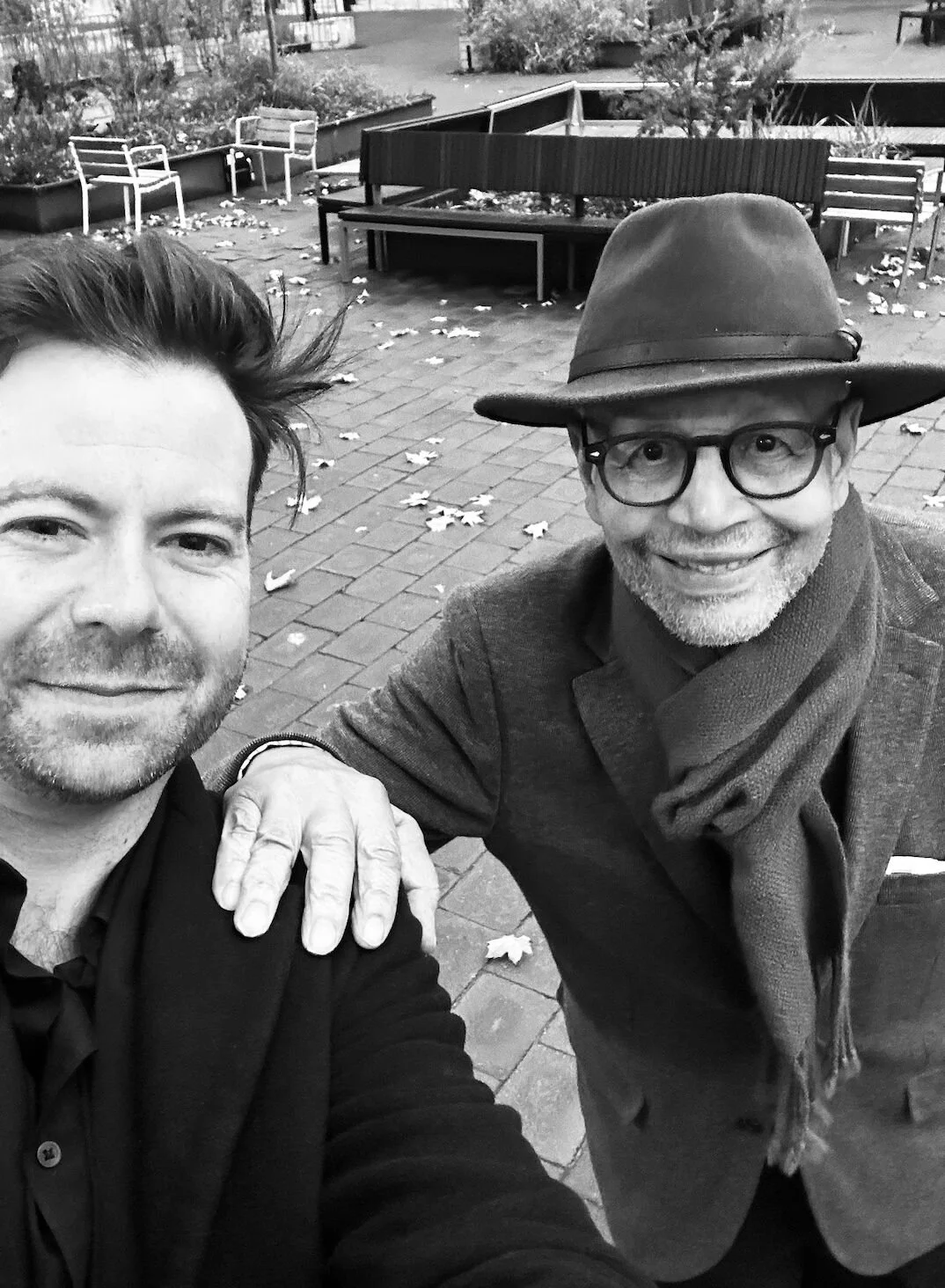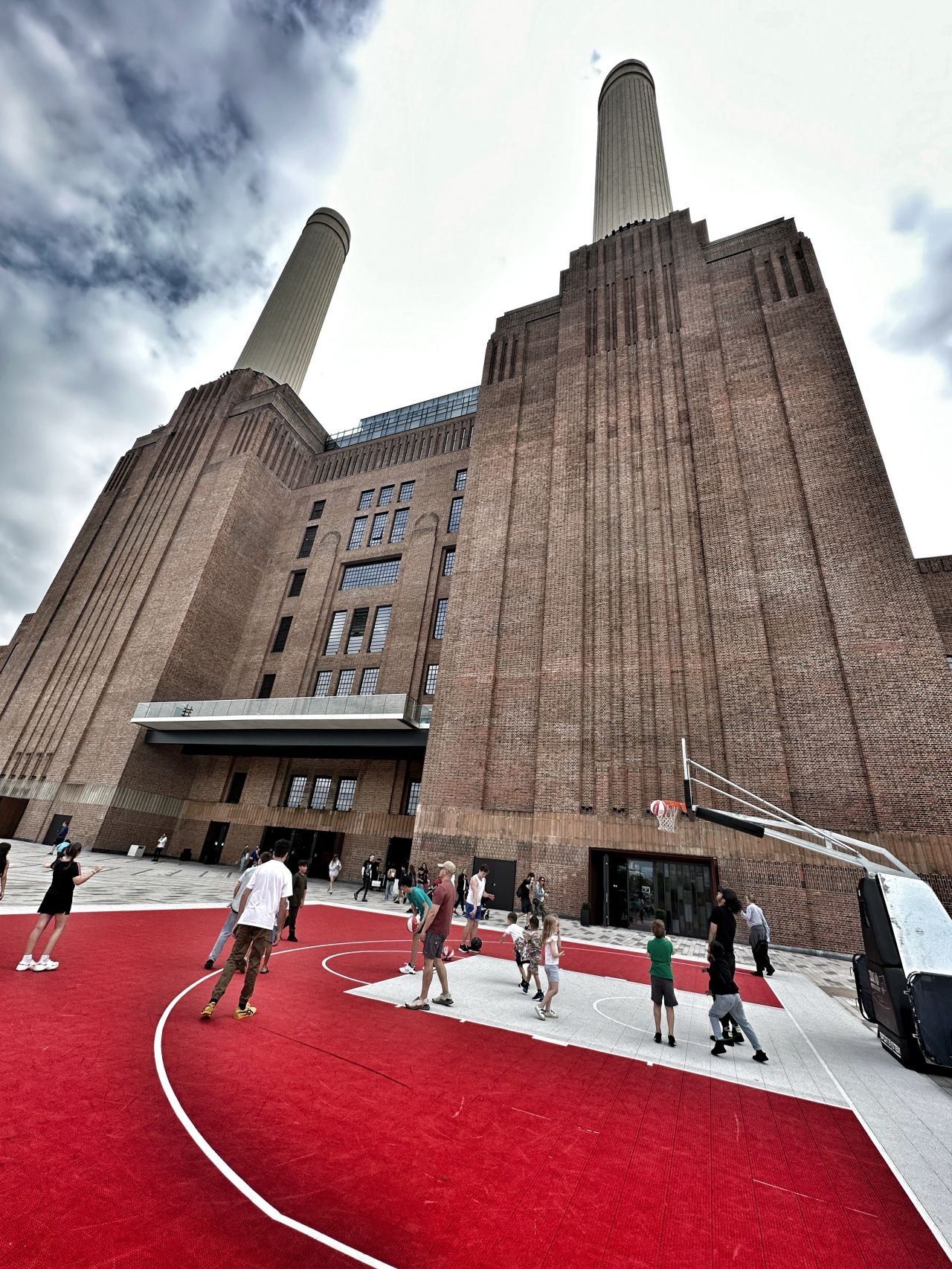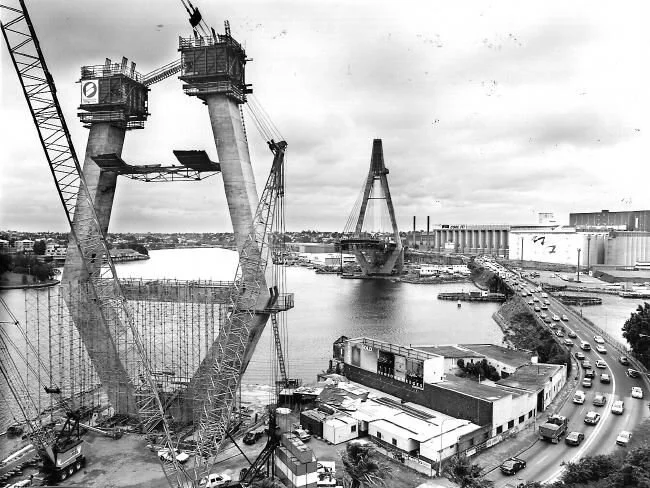I just got back from a few days in Paris. Perhaps the most recognisable features of the its urban landscape are its huge boulevards and symmetrical road networks.
Its large avenues, boulevard rings and urban squares are not a historical accident, but were part of a major plan to modernise the city in the 18th and 19th century with the radical plans of Baron Georges-Eugène Haussmann. Funded by Napoléon III, The Haussmann Plan completely restructured Paris, giving it its present day form. Cutting through traditional alleyways, new rationally-designed boulevards and avenues and new open spaces established the foundation of what is now one of the most popular and highly regarded urbanist features of Paris.
Haussmann took a highly militarised approach to planning and has been criticised for the demographic and social effects of his urbanism operations. Even today, he is still seen as both a 'hero' and 'destroyer of Paris'. Looking back however, it seems to me that these major changes just 150 years ago have brought significant benefits to Paris - changes that would be virtually impossible to implement and fund today. In addition to their obvious function to create public spaces and increase pedestrian, bicycle and vehicle mobility, the boulevards create a beauty that few other cities in the world possess. These shots I took over the last two days illustrate the perfect uniformity created by the Haussmann Plan.
Photos by Tom Payne.













